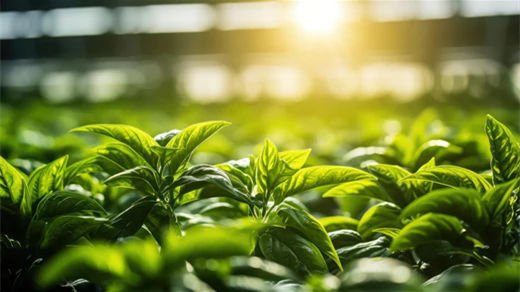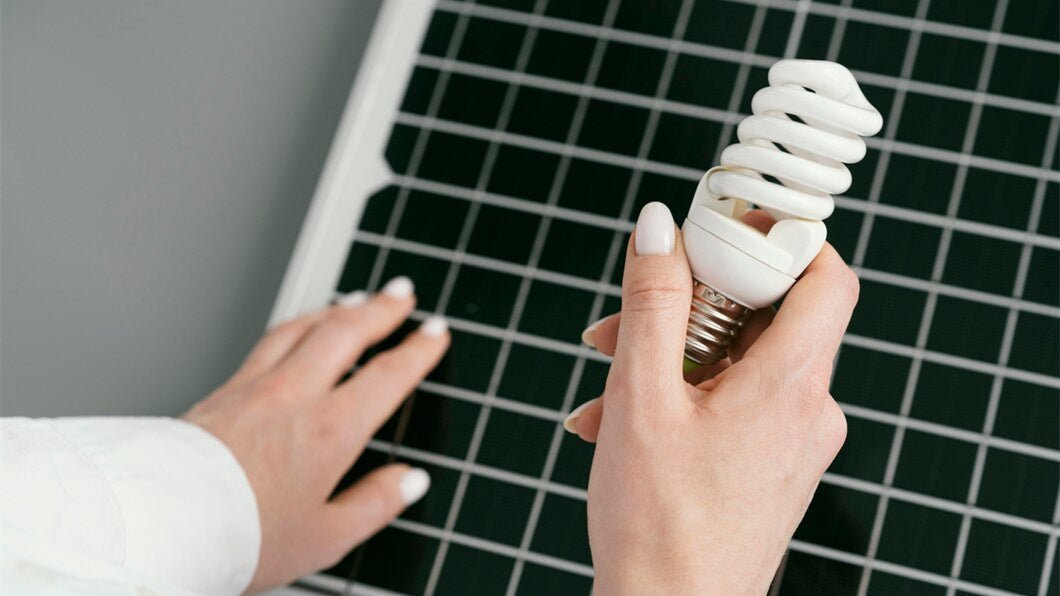the practice of using grow lights for indoor plant cultivation has gained popularity among gardening enthusiasts. Grow lights simulate the natural sunlight necessary for plant growth, enabling year-round cultivation regardless of external conditions. However, the question arises: what happens when these lights are left on continuously, 24 hours a day, 7 days a week? In this blog post, we delve into the physiological and morphological effects of prolonged light exposure on plants, integrating principles from both botany and optics to understand the implications.
1. Understanding Plant Photoperiodism
Plants exhibit various responses to light stimuli, governed by a phenomenon known as photoperiodism. Photoperiodism refers to the physiological reaction of plants to the duration of light and darkness in their environment. Different plants have evolved to respond differently to light cycles, influencing processes such as flowering, growth, and dormancy.
In a 24/7 light cycle, plants' natural photoperiodic cues are disrupted, affecting flowering, growth, and dormancy:
Flowering: Continuous light can hinder flowering, causing abnormal patterns like premature or delayed blooming.
Growth: Plants may experience accelerated but weak growth, with elongated internodes and nutrient deficiencies due to lack of darkness.
Dormancy: Without proper cues, plants may struggle to enter dormancy, making them vulnerable to environmental stresses. To optimize plant health, it's crucial to provide adequate periods of darkness despite continuous lighting.

2. Impact of 24/7 Grow Light Exposure on Plants
2.1 Effect on Photosynthesis
Photosynthesis, the process by which plants convert light energy into chemical energy, is crucial for their survival. Continuous exposure to light can enhance photosynthetic activity, leading to increased growth rates in some species. However, prolonged exposure without periods of darkness can also cause photoinhibition, where the photosynthetic apparatus becomes damaged due to excessive light intensity, ultimately hindering plant growth.

2.2 Impact on Growth and Development
The growth and development of plants are intricately linked to their light exposure. While continuous light may promote vegetative growth by providing a constant source of energy for photosynthesis, it can disrupt other developmental processes. For instance, plants typically require periods of darkness for the synthesis of certain hormones involved in flowering and fruiting. Lack of adequate darkness can delay or inhibit these critical stages, affecting the plant's reproductive success.

3. Optical Considerations from the Plant's Viewpoint
Continuous exposure to grow lights can have adverse effects on plants due to uneven light distribution and excessive heat:
3.1 Uneven Light Distribution
Plants positioned directly under grow lights receive the highest intensity of light, while those on the periphery may receive less. This non-uniform distribution can lead to variations in photosynthetic activity and growth rates among different parts of the plant. Consequently, leaves directly under the light source may thrive, while those in shaded areas may exhibit stunted growth or reduced photosynthetic efficiency.
3.2 Photobleaching
Excessive light intensity, particularly in plants positioned close to the light source, can lead to photobleaching. Photobleaching occurs when chlorophyll molecules are damaged or degraded due to prolonged exposure to intense light. As a result, affected leaves may appear bleached or yellowed, impairing their ability to photosynthesize effectively. This phenomenon not only reduces the plant's overall productivity but also compromises its long-term health and vigor.
3.3 Heat Stress
In addition to light intensity, continuous exposure to grow lights can also raise the temperature in the growing environment. Elevated temperatures can stress plants, disrupting their physiological processes and metabolic activities. Heat stress can manifest in various ways, including wilting, leaf curling, and increased susceptibility to pests and diseases. Moreover, prolonged exposure to high temperatures can inhibit photosynthesis and damage cellular structures, further compromising plant health and productivity.

4. Strategies for Optimal Light Management
To mitigate the adverse effects of continuous light exposure, growers can implement strategies to regulate photoperiods effectively. One approach is to incorporate timer systems that mimic natural day-night cycles, providing periods of darkness for rest and hormonal synthesis. Additionally, adjusting the intensity and spectrum of grow lights according to plant requirements can optimize photosynthetic efficiency while minimizing photoinhibition.
5. Conclusion
In conclusion, while grow lights offer a convenient solution for indoor plant cultivation, their continuous use requires careful consideration of the physiological and optical implications for plant health and development. By understanding the principles of photoperiodism, photosynthesis, and light distribution, growers can implement effective strategies to harness the benefits of artificial lighting while minimizing potential drawbacks. Ultimately, striking a balance between light exposure and darkness is essential for promoting robust growth and maximizing yield in indoor gardening endeavors.


































Leave a comment
This site is protected by hCaptcha and the hCaptcha Privacy Policy and Terms of Service apply.